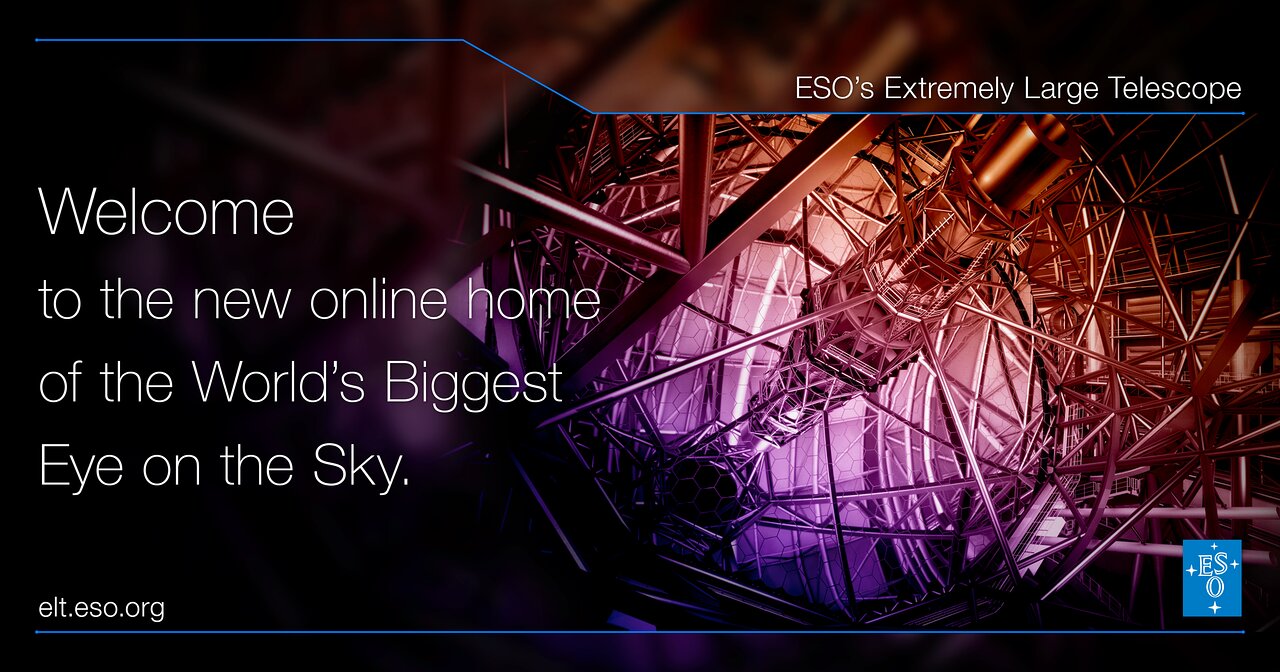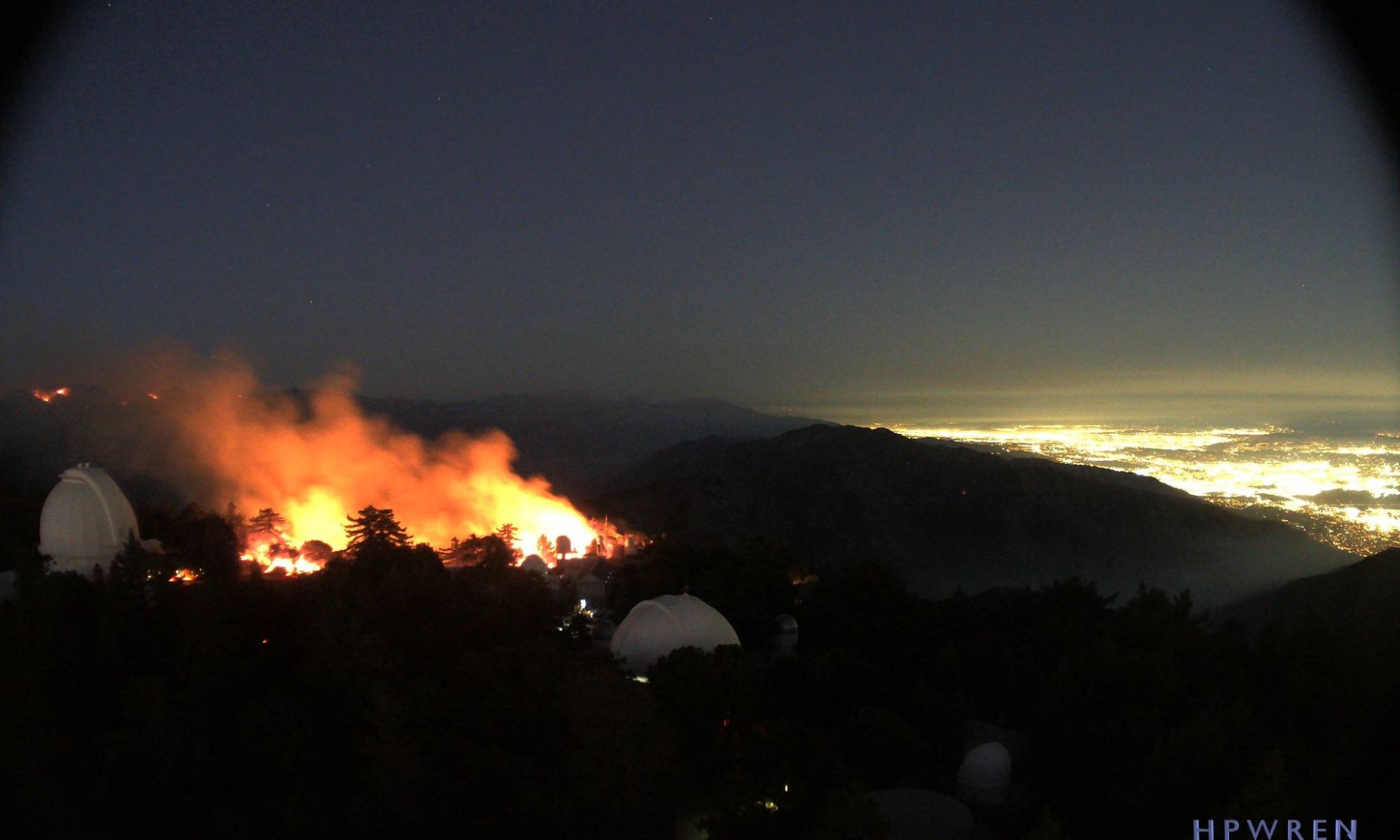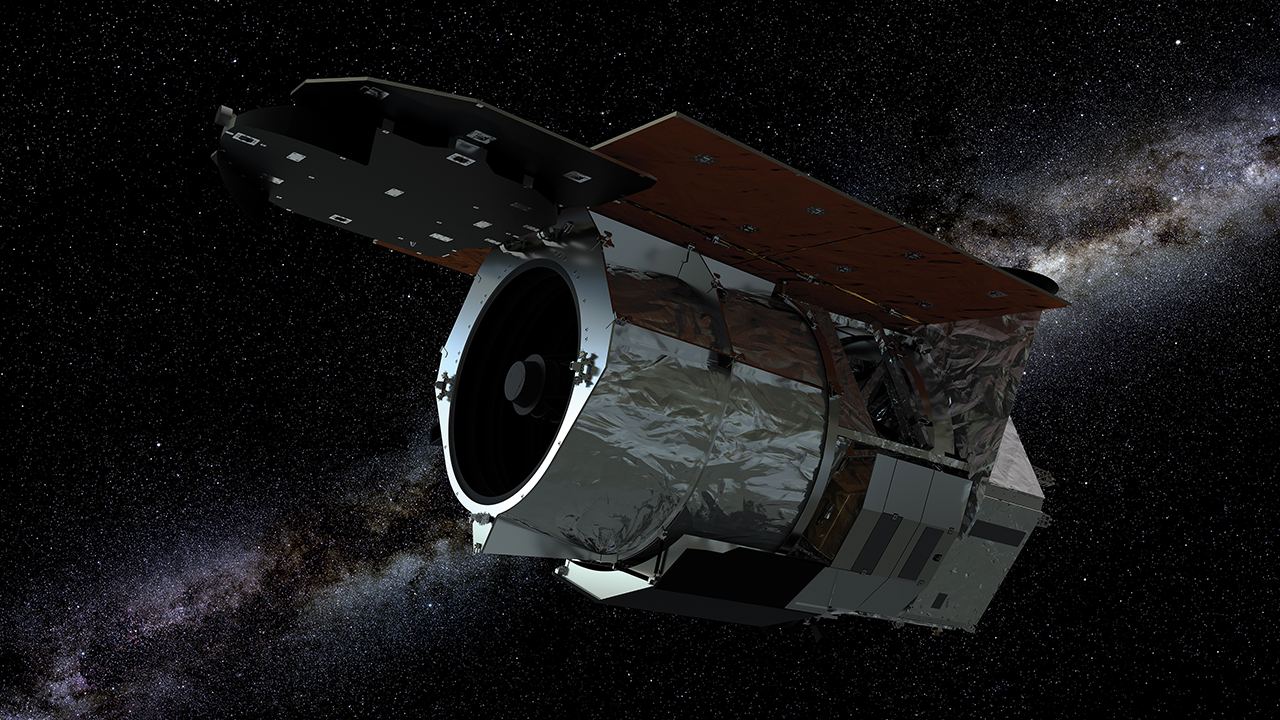In the vein of “go big or go home,” the European Southern Observatory (ESO) has launched a stunning new website to showcase information about — and match the scale of — its Extremely Large Telescope (ELT), the highly anticipated observatory scheduled to have first light in 2025.
Continue reading “Here’s the Extremely New Website for the Extremely Large Telescope”Now you can Watch Actual Video of Arecibo Collapsing … If You Dare
The National Science Foundation released two different videos today showing the collapse of the Arecibo Observatory, as it happened on December 1, 2020. Needless to say, the footage is heartbreaking.
Continue reading “Now you can Watch Actual Video of Arecibo Collapsing … If You Dare”The Arecibo Observatory Platform Has Collapsed

Early this morning, the 900-ton instrument platform suspended above the Arecibo Observatory collapsed and crashed down on the iconic telescope’s giant dish. The collapse occurred at about 7:55 a.m. local time, officially ending any possible hopes of refurbishing the famous observatory in Puerto Rico.
Images of the collapse and subsequent damage started appearing on social media this morning; the National Science Foundation then confirmed via tweet that indeed the observatory had collapsed. They also said no injuries were reported.
Continue reading “The Arecibo Observatory Platform Has Collapsed”A New Artist’s Illustration of the Extremely Large Telescope. So Many Lasers

Everyone loves lasers. And the only thing better than a bunch of lasers is a bunch of lasers on one of the world’s (soon to be) largest telescopes, the E-ELT. Well, maybe a bunch of lasers on a time-travelling T. Rex that appears in your observatory and demands to know the locations and trajectories of incoming asteroids. That might be better. For the dinosaurs; not for us.
Continue reading “A New Artist’s Illustration of the Extremely Large Telescope. So Many Lasers”The Carina Nebula. Seen With and Without Adaptive Optics
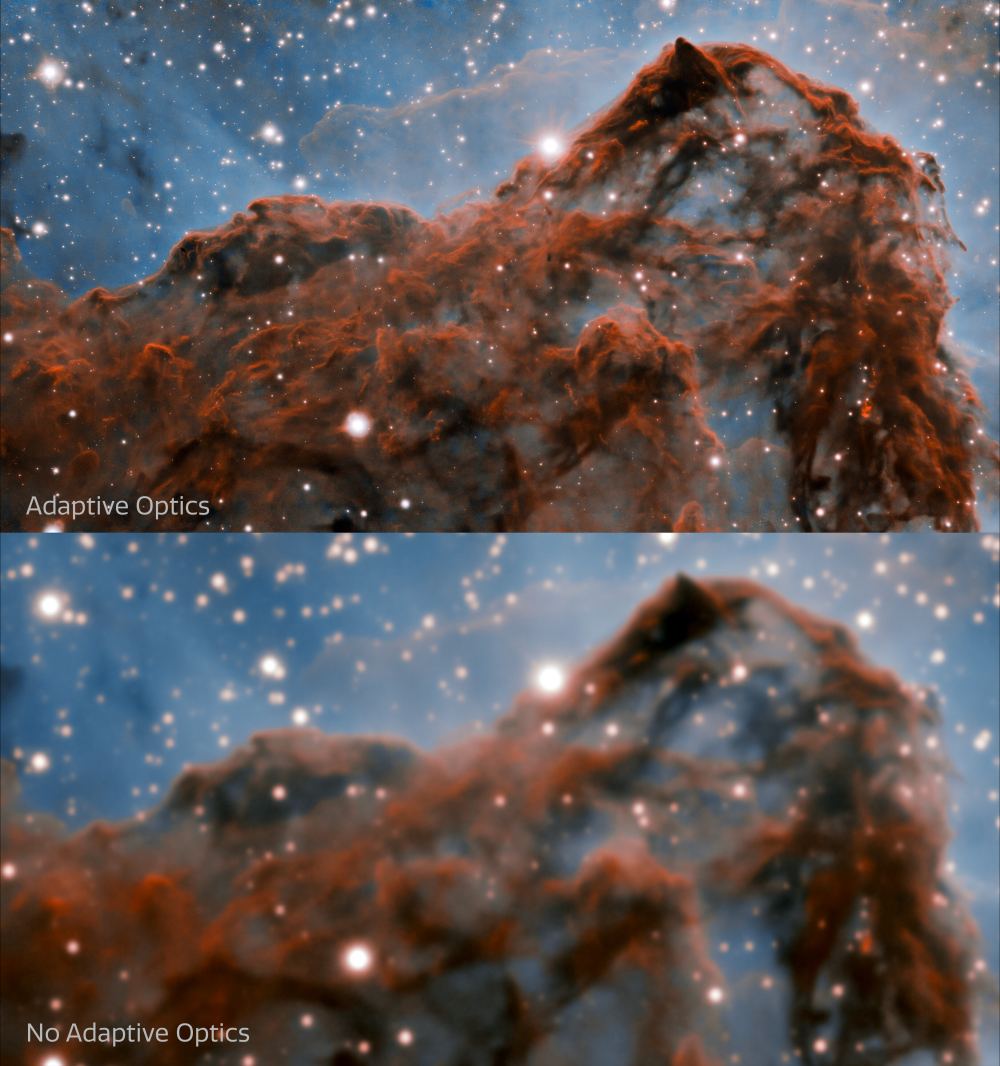
Ever wonder how modern astronomical observatories take such clear images of distant objects? Advances in mirror design have allowed for larger and larger primary mirrors. But adaptive optics play a huge role, too.
Continue reading “The Carina Nebula. Seen With and Without Adaptive Optics”Climate Change is Making the Atmosphere Worse for Astronomy
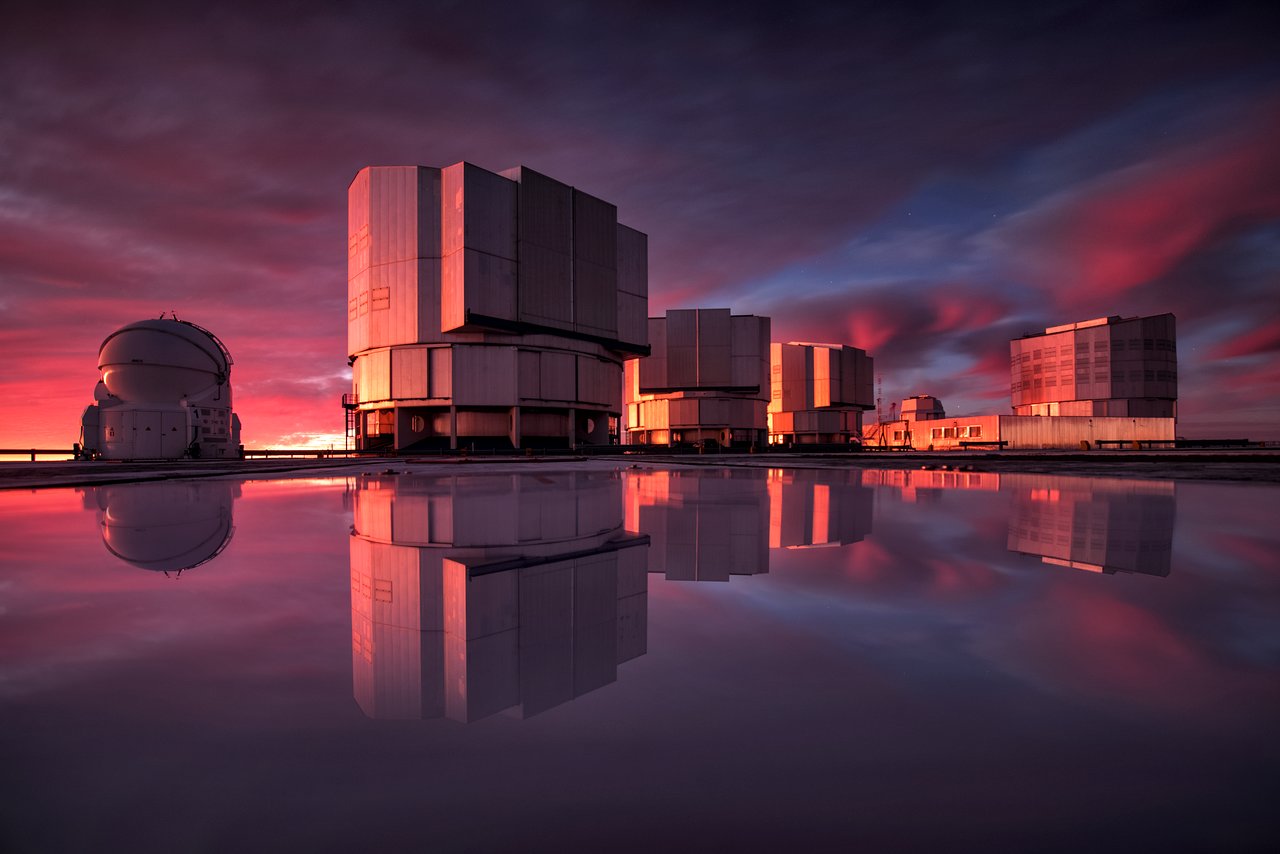
Modern astronomical telescopes are extraordinarly powerful. And we keep making them more powerful. With telescopes like the Extremely Large Telescope and the Giant Magellan Telescope seeing first light in the coming years, our astronomical observing power will be greater than ever.
But a new commentary says that climate change could limit the power of our astronomical observatories.
Continue reading “Climate Change is Making the Atmosphere Worse for Astronomy”It Looks Like Firefighters Saved Mt. Wilson Observatory
Every year, the Pacific Northwest and California experience “wildfire season,” a period where heat and low humidity combine, leading to an increased risk of fires. This year has been particularly bad and in California alone, wildfires have destroyed over two million acres of land, forced hundreds of thousands of people from their homes, and threatened many historic institutions and landmarks.
One of them is the Mount Wilson Observatory that sits atop Mount Wilson in the San Gabriel Mountains overlooking Pasadena (northeast of LA). This famous observatory is home to several telescopes that were, for a time, the largest of their kind in the world. And thanks to the heroic efforts of firefighters, it looks as though the Mt. Wilson Observatory is now safe amid a particularly bad wildfire season.
Continue reading “It Looks Like Firefighters Saved Mt. Wilson Observatory”Vera Rubin’s Monster 3200-Megapixel Camera Takes its First Picture (in the Lab)
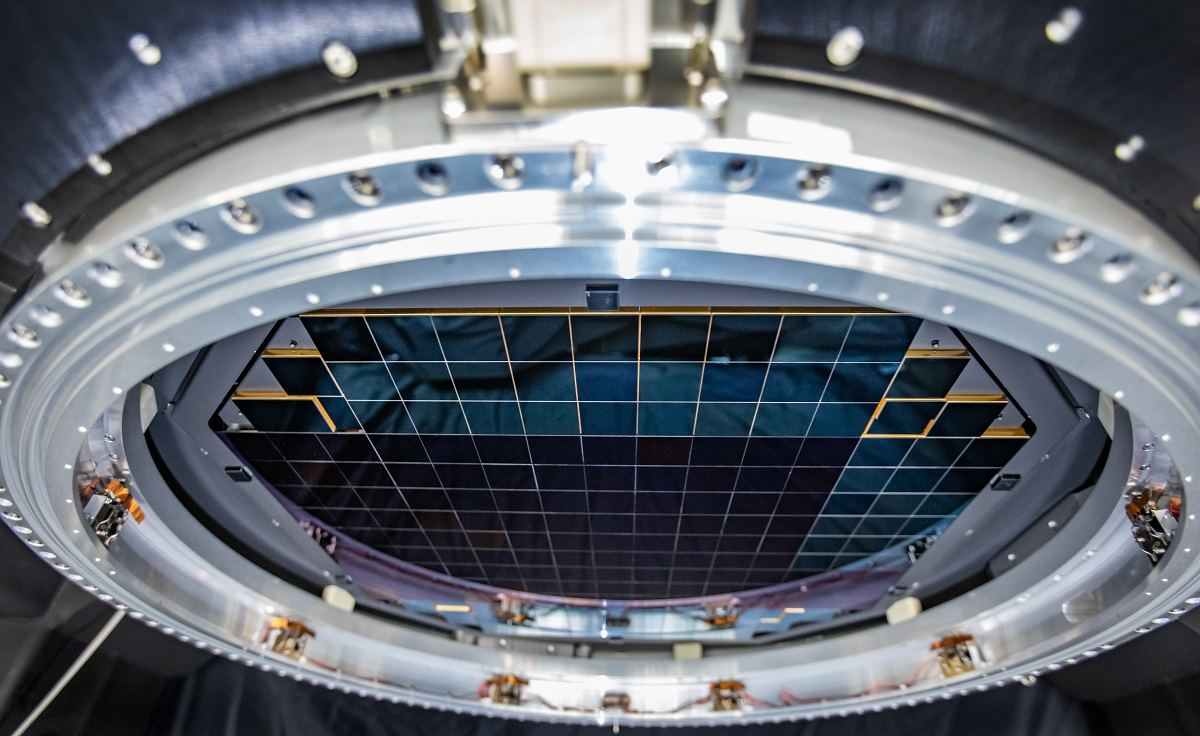
The Vera C. Rubin Observatory has taken another step towards first light, projected for some time in 2022. Its enormous 3200 megapixel camera just took its first picture during lab testing at the SLAC National Accelerator Laboratory. The camera is the largest ever built, and its unprecedented power is the driving force behind the Observatory’s ten year Legacy Survey of Space and Time (LSST).
Continue reading “Vera Rubin’s Monster 3200-Megapixel Camera Takes its First Picture (in the Lab)”Gamma Rays Detected Coming From the Crab Nebula
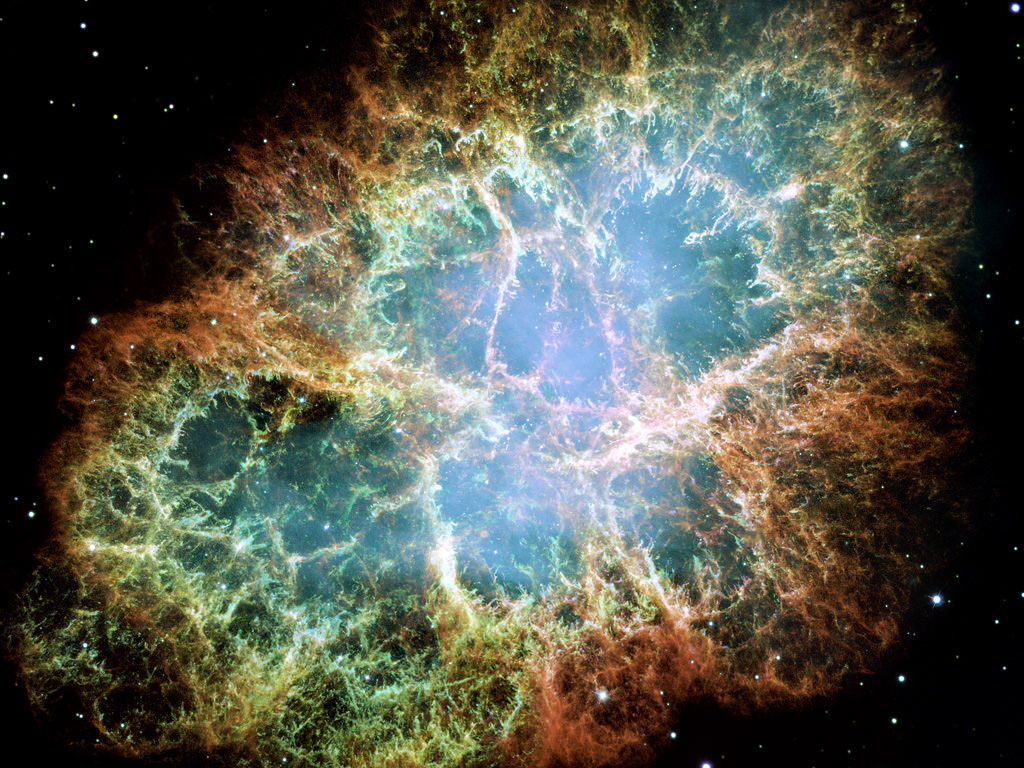
Most people with any interest in astronomy know about the Crab Nebula. It’s a supernova remnant in the constellation Taurus, and its image is all over the place. Google “Hubble images” and it’s right there with other crowd favorites, like the Pillars of Creation.
The Crab Nebula is one of the most-studied objects in astronomy. It’s the brightest source of gamma rays in the sky, and that fact is being used to establish the function of a new telescope called the Schwarschild-Couder Telescope.
Continue reading “Gamma Rays Detected Coming From the Crab Nebula”WFIRST Will be Named After Nancy Grace Roman, NASA’s First Chief Astronomer
In the mid-2020s, NASA’s next-generation Wide Field Infrared Survey Telescope (WFIRST) will take to space. With unprecedented resolution and advanced instruments, it will build on the foundation established by the venerable Hubble Space Telescope – which celebrated its 30th anniversary this year! In anticipation of all it will accomplish, NASA decided that the WFIRST needs a proper name, one that honors its connection to Hubble.
This week, NASA announced that henceforth, the WFIRST mission will be known as the Nancy Grace Roman Space Telescope (or Roman Space Telescope for short) in honor of Dr. Nancy Grace Roman (who passed away in 2018). In addition to being NASA’s first Chief Astronomer, she was also a tireless educator and advocate for women in STEMs whose work paved the way for space telescopes – leading to her nickname “the mother of Hubble.”
Continue reading “WFIRST Will be Named After Nancy Grace Roman, NASA’s First Chief Astronomer”
